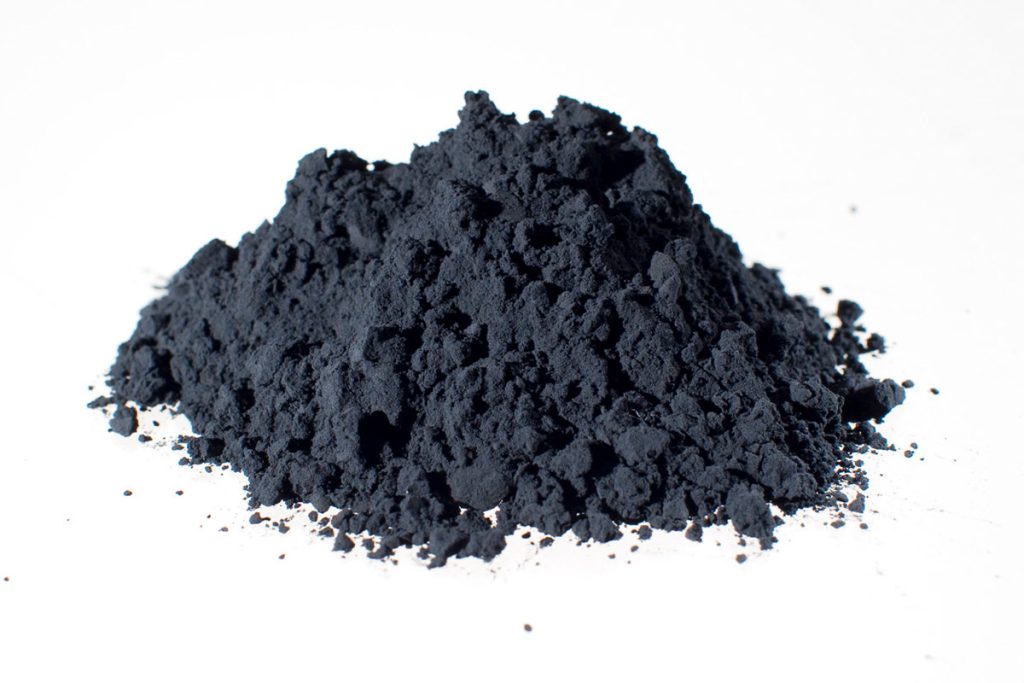Alumina, the “savior” of Cathode battery materials

The basic structure of lithium-ion batteries covers positive electrode, negative electrode, electrolyte, separator and battery shell. The positive electrode material is the core material in lithium-ion batteries, which determines the energy density, voltage platform, cycle life and safety of the battery.
At present, although lithium cobalt oxide (LiCoO2), lithium manganese oxide (LiMn2O4), lithium iron phosphate (LiFePO4) and ternary materials (Li-Ni-Co-Mn-O) are four commercialized positive electrode materials for lithium-ion batteries, they have certain defects in safety, cycle performance, capacity retention and other aspects. In order to improve the stability of positive electrode materials, researchers use different modification methods, such as doping, surface coating and two methods in common.
How does alumina improve positive electrode performance?
Alumina coating on positive electrode materials can effectively improve the cycle stability, cycle life and thermal stability of positive electrode materials. The main effects of Al2O3 on positive electrode materials are:
(1) Hydrogen fluoride (HF) scavenger
LiPF6 is a commonly used electrolyte in electrolytes. Under high voltage, lithium hexafluorophosphate (LiPF6) will react with trace amounts of water to generate HF.
(2) Physical protection barrier
Coating a layer of Al2O3 on the surface of the positive electrode material can isolate the positive electrode material from the electrolyte and inhibit the occurrence of harmful side reactions between the positive electrode material and the electrolyte.
(3) Improving the thermal stability of positive electrode materials
Thermal stability is one of the key factors in evaluating the performance of lithium-ion batteries. During the charge and discharge process of lithium batteries, the release of lattice oxygen in the positive electrode material will cause the electrolyte to oxidize, thereby reducing its thermal stability.
(4) Improving the diffusion rate of lithium ions
Although aluminum oxide is not a good conductor of electrons and ions, it can react with residual lithium on the surface of the positive electrode material during the charge and discharge process to generate LiAlO2, which is a good conductor of ions and can increase the diffusion rate of lithium ions. This is mainly because LiAlO2 reduces the diffusion energy barrier of lithium ions.
(5) Reaction with LiPF6 to generate electrolyte additive LiPO2F2
The aluminum oxide coated on the surface of the positive electrode material can react with the lithium salt (LiPF6) in the electrolyte to generate lithium difluorophosphate (LiPO2F2), which is a stable electrolyte additive that can significantly improve the cycle stability, safety and rate performance of the positive electrode material.
(6) Inhibition of Jahn-Teller effect
The Jahn-Teller effect is the main cause of the dissolution of Mn ions in the positive electrode material, which may cause the collapse of the positive electrode material structure and hinder the diffusion of lithium ions, thereby causing the electrochemical performance of the positive electrode material to decrease.
Five major coating technologies
Impregnation method: Add the positive electrode material to the solution or sol containing the aluminum precursor to form a uniform slurry, and then dry and calcine to form an alumina-coated positive electrode material.
Precipitation method: Mix the positive electrode material and a solution such as aluminum nitrate or aluminum chloride evenly, adjust the pH value of the mixed solution to form a coating layer on the surface of the positive electrode material, and finally generate an alumina-coated positive electrode material by filtering, washing, drying and heat treatment.
Dry coating process: Alumina and positive electrode materials can be directly mixed to form a rough coating layer on the surface of the positive electrode material. Although uniform coating cannot be achieved on the surface of the positive electrode material, it still has a positive effect on the improvement of the electrochemical performance of the positive electrode material.
Sputtering method: The sputtering method uses Ar+ ions to bombard the target material (Al), so that Al atoms are sputtered and deposited on the surface of the positive electrode material.
Atomic layer deposition technology (ALD): Using trimethylaluminum and other materials as the aluminum source, aluminum oxide is coated on the surface of the positive electrode material. The thickness can be precisely controlled, and the increase in coating thickness is achieved by increasing the number of ALD cycles.
